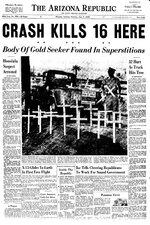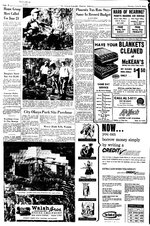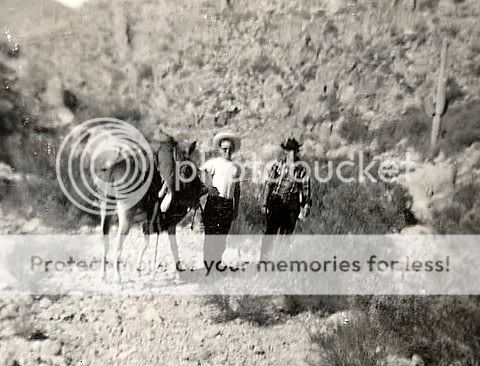Thought I'd start a string on all things ARRASTRA
(or arastra and other various spellings).
----------
An article which includes excellent information on various older (including colonial Spanish) methods of sinking mine shafts, the use of arrastras, and other gold and silver mining and processing (amalgamation/patio) techniques;
'A Spanish "Arrastra" In The Wichita Mountains' by W. Eugene Hollon
http://digital.library.okstate.edu/Chronicles/v034/v034p443.pdf
(or arastra and other various spellings).
----------
An article which includes excellent information on various older (including colonial Spanish) methods of sinking mine shafts, the use of arrastras, and other gold and silver mining and processing (amalgamation/patio) techniques;
'A Spanish "Arrastra" In The Wichita Mountains' by W. Eugene Hollon
http://digital.library.okstate.edu/Chronicles/v034/v034p443.pdf


 The Peraltas (IMNSHO) were wiped out in Massacure Canyon both trips. This from the 2 trenches found there in 1948. Some day if I get back to Arizona and go to the Arizona Republic and go through the late 1963/early 1964 papers, I'll get a copy of the 1948 story that was filler for the murder in the supes on the guy from Hawaii by his best friend. I remember it for how much Uncle took and also because Coy DeArmand , the country sheriff was also our next door neighbor.
The Peraltas (IMNSHO) were wiped out in Massacure Canyon both trips. This from the 2 trenches found there in 1948. Some day if I get back to Arizona and go to the Arizona Republic and go through the late 1963/early 1964 papers, I'll get a copy of the 1948 story that was filler for the murder in the supes on the guy from Hawaii by his best friend. I remember it for how much Uncle took and also because Coy DeArmand , the country sheriff was also our next door neighbor.






